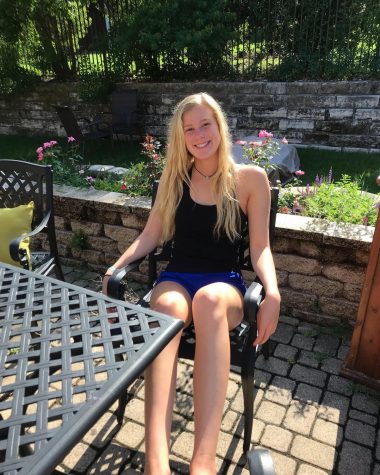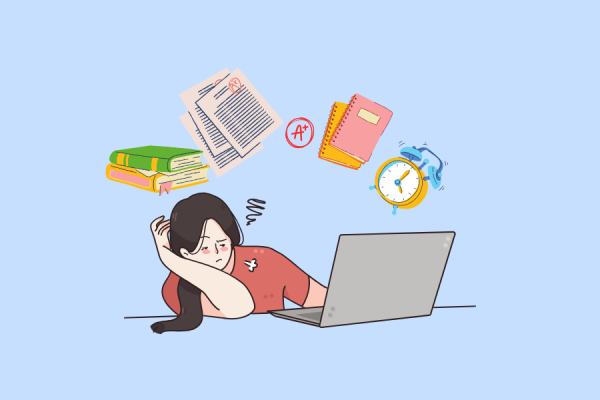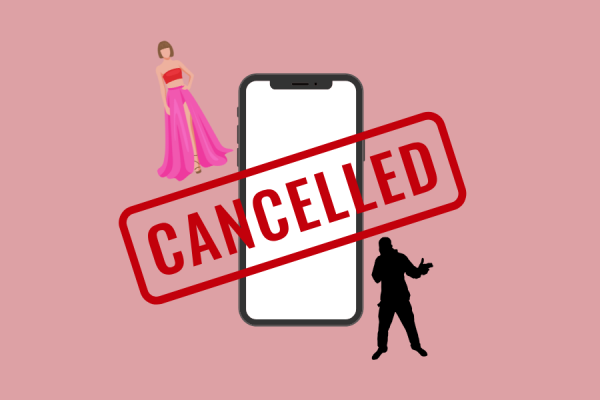National Suicide Prevention Month: How To Help
Do you ever notice the person in the back of the classroom with their head down or in their hands? Maybe they’ve been staring into space for a long time. The student who sits alone at lunch or the student who’s really shy. Do you ask them how they’re really doing, past the generic “I’m good” and “I’m fine” that are so commonly misused? Would you ask them how their day has been or would you go on with yours and never pay attention to them?
The biggest problem we face with mental health today is the things we have chosen and continue to choose to simply ignore. We all have busy lives, but have we become so wrapped up in ourselves that we don’t notice when others around us are struggling? Most students are dealing with at least one mental health issue from a long list, such as anxiety, depression, eating disorders, and so on. They feel that no one would understand and that no one is there to support them. Unfortunately, it’s also hard for family and friends to aid them because they honestly aren’t educated on how to do so.
Mental illness comes in all shapes and sizes with varying degrees of severity. Most of the time, you can’t tell if someone is suffering from a mental disorder just by looking at them. For example, a common misconception surrounding eating disorders is that those with it are very skinny. These types of stereotypes often inhibit conversation and lead to damaging public images surrounding mental illnesses. Due to this, mental illnesses often fly under the radar and aren’t ever noticed.
The fact is that mental health is not the fault of the student. Nobody chooses to be mentally ill. Often, people who are suffering have their experiences trivialized by those who don’t believe their story.
In recent years, suicide has become a tragically prominent issue among high school students. Currently, suicide is the 10th leading cause of death in the US. There were approximately 1,400,000 suicide attempts recorded in 2017 alone, an average of 129 suicides per day. However, even though suicide has taken the lives of millions of teens, the subject is often brushed aside due to the stigma surrounding it.
We need to change now before it’s too late. We need to be there when others are struggling, because being alone in a hard place only hurts them more.
In 2017, the CDC released a Youth Risk Behavior Survey (YRBS) on youth mental health statistics and a protection plan for students. The data showed that 12 months prior to the survey, 19 percent of students were bullied on school property and 7.4 percent attempted suicide. In the survey results, the organization added that “adolescents are more likely to thrive if they know they matter and have adults, teachers, and friends who care about their safety and academic success.” It then concludes that “schools and families can have an impact on student health by supporting their connectedness with others, especially with their parents, peers, and other important adults.”
The American Foundation for Suicide Prevention strives to inform students and parents on how to become aware if a friend or family member close to them may be showing signs of being suicidal. The foundation also recommends that students and parents discuss this “awkward” topic with those around them and to start with a few simple questions, including:
- Hey, we haven’t talked in a while. How are you?
- Are you okay? You don’t seem like yourself lately.
- You seem frustrated today. I’m here for you.
- Seems like something’s up. Do you want to talk about what’s going on?
- I’m worried about you and would like to know what’s up so I can help.
These are just a few ways to help struggling students near us. For more information, visit the American Foundation for Suicide Prevention.
If you are struggling with your own emotional well-being, call the Suicide Prevention Lifeline at 1-800-273-TALK (8255) or text TALK to 741741.

My Name is kailey Foster. Im a junior and this is my first year in student press. You will most often find me at the pool, swimming a few laps. I also...





